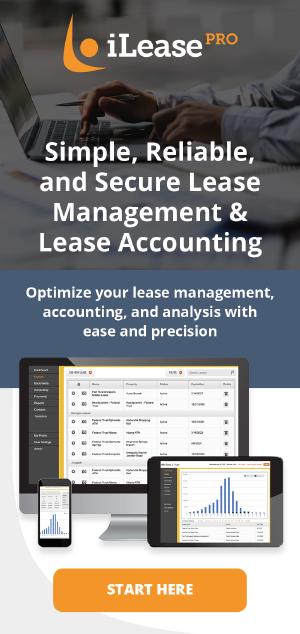Maximizing ROI: Automating Lease Data Entry with Imports
Managing lease data is a critical task for businesses that operate in real estate, retail, healthcare, and other industries where leasing plays a major role. Lease agreements, especially those that span dozens of pages, contain key financial data, clauses, and terms that must be meticulously recorded and maintained. Traditionally, this data entry process has been manual, requiring significant time and effort. However, modern import features provide an automated alternative that drastically improves efficiency and accuracy.
To illustrate the impact of automation, let's consider a typical 50-page real estate lease and compare the time, cost, and accuracy of manually entering the data versus using an import feature. By switching from manual data entry to an import-based process, companies can save anywhere from $20,000 to $25,000 annually, not including additional benefits like improved compliance and operational efficiency.
The Challenge of Manual Lease Data Entry
A standard lease agreement can span dozens of pages, each filled with intricate details and clauses. Manually extracting and entering this information into a lease management system is labor-intensive. Studies suggest that lease administrators and accountants spend an average of 10 to 20 hours manually entering key data from a 50-page lease.
Manual entry challenges include:
- Time-Consuming: Entering lease details manually can take several hours per lease.
- Error-Prone: Human errors in lease data can lead to compliance issues and financial discrepancies.
- Resource-Intensive: Employees are tied up with administrative tasks rather than strategic work.
The Efficiency of Lease Data Importing
An automated lease data import feature dramatically reduces the time and effort required to onboard leases into a system. Instead of manually inputting data, users can copy and paste key information into a structured template (such as an Excel spreadsheet) and import it directly into a lease management platform.
Key advantages of lease data importing include:
- Time Savings: A process that previously took 10+ hours can now be completed in under an hour.
- Accuracy: Automated error detection prevents costly mistakes.
- Scalability: Companies can process multiple leases simultaneously without additional labor costs.
Quantifying the ROI
The transition from manual data entry to using an import feature delivers measurable financial and operational benefits:
- Labor Cost Savings: Reducing manual data entry time can save thousands of dollars annually in labor expenses.
- Faster Onboarding: New leases can be processed in a fraction of the time, allowing businesses to manage larger portfolios efficiently.
- Reduced Errors: Improved accuracy minimizes compliance risks and costly corrections.
Expected ROI of Lease Data Importing
The return on investment (ROI) from using an import feature is clear when comparing manual versus automated data entry:
| Metric | Manual Entry (50-page lease) | Automated Import |
|---|---|---|
| Time Required | 4–6 hours | < 30 minutes |
| Potential Errors | High (due to manual input) | Low (automated validation) |
| Scalability | Limited | High |
| Compliance Risk | Higher risk of errors | Lower risk (structured process) |
| Estimated Cost per Lease | $200 – $300 (based on hourly wages) | $25 – $50 |
For companies managing 100 leases per year, moving from manual entry to an import-based process can result in savings of $20,000 to $25,000 annually, not including the additional value gained from improved compliance and operational efficiency.
Streamline Lease Data Management with iLeasePro
For businesses looking to maximize efficiency and reduce costs, iLeasePro's SMART Import feature offers a seamless way to upload and manage lease data. With intelligent templates, real-time error detection, and a user-friendly interface, iLeasePro enables companies to optimize their lease management processes and improve compliance with lease accounting standards.
Ready to streamline your lease data entry? Learn more about iLeasePro's SMART Import feature watching this help guide.
Contact us to experience the benefits firsthand and begin reducing your expenses.



